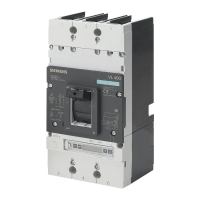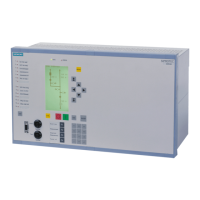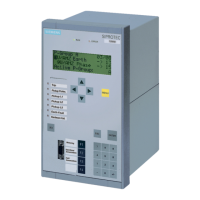3VL molded-case circuit breakers
System Manual, 03/2009, 110 0110 - 02 DS 01
341
Appendix
B
B.1 Selectivity
Information about the calculated selectivity limits
4
,
NPD[
4
Figure B-1 Circuit breakers connected in series
● The selectivity limits given here refer to
– the dynamic selectivity.
That is, the dynamic behavior of the upstream and downstream protective devices in
the time period up to 80 ms is shown. This range is the tripping range of the
instantaneous short-circuit current release (I release) on the circuit breakers.
– The rated operating voltage V
e
to 415 V and 50 Hz
– Short-circuit values of a dead three-phase short-circuit.
– However, in practice approximately 70-80% of short-circuits are single-phase short
circuits and significantly lower.
● In addition to taking the dynamic selectivity limits into consideration (= values in this
table), selectivity can also be determined by comparing the characteristic curves of the
device in the overload range (L range) and the short-time delayed short-circuit range (S
range).
For some combinations, the use of release options such as "selectable characteristic
curves" or ZSI can solve the problem of overlap.

